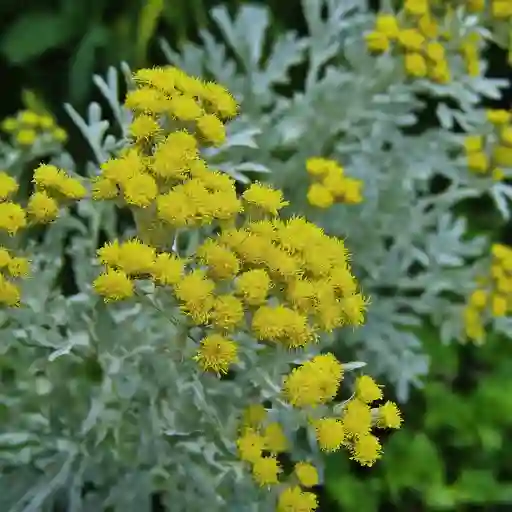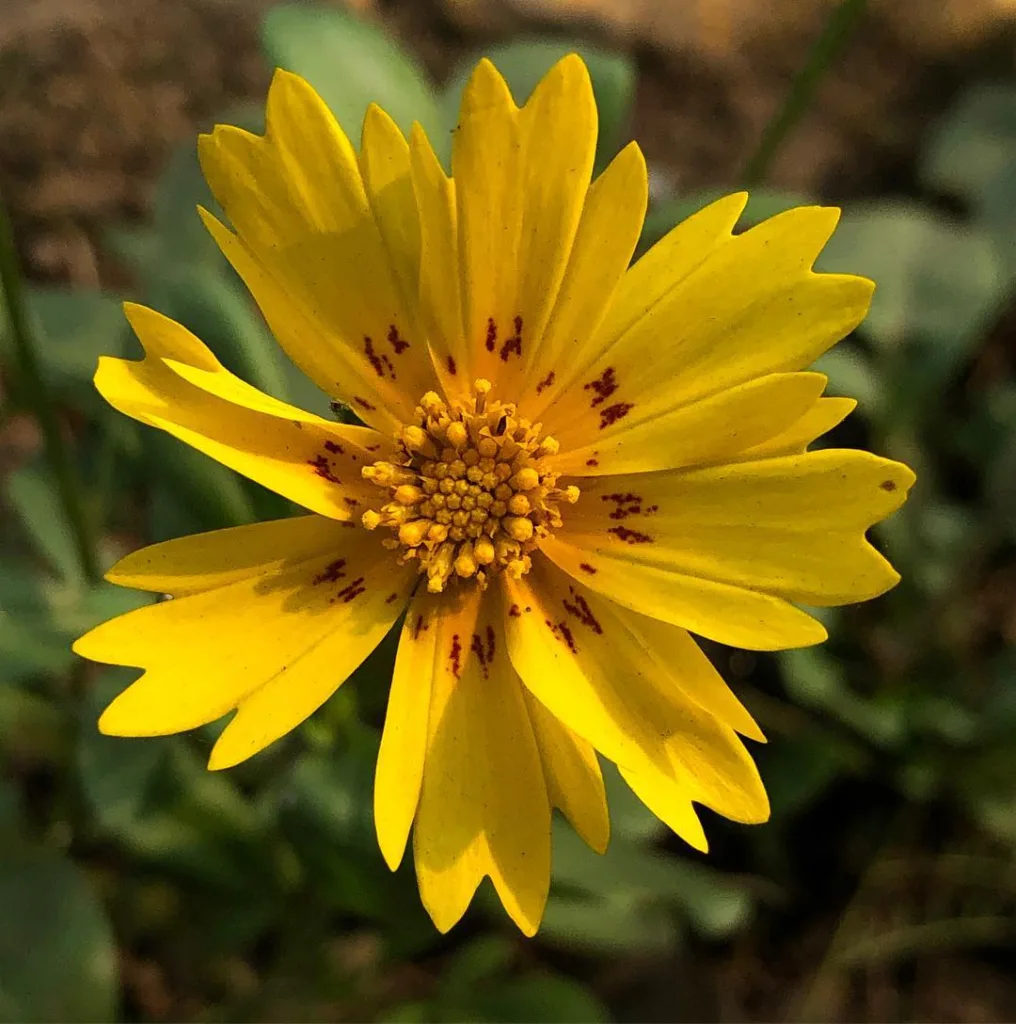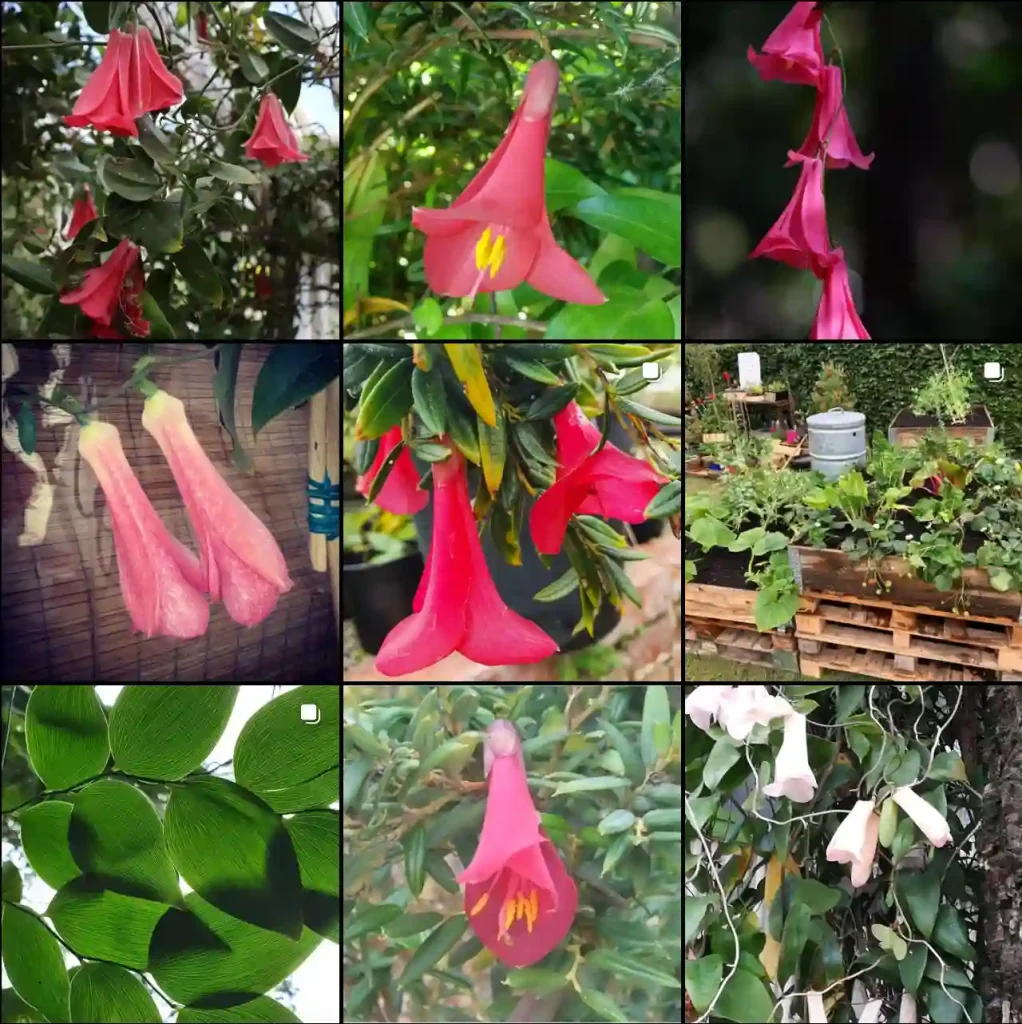
My Journey with Portulacaria Afra Bonsai
As an avid enthusiast of bonsai cultivation, I’ve delved into the world of miniature trees, seeking out unique species to nurture and sculpt into living works of art. Among the many varieties I’ve encountered, the Portulacaria Afra Bonsai stands out for its resilience, charm, and distinct aesthetic appeal. In this article, I’ll share my experiences and insights on cultivating and caring for these delightful bonsai specimens.
What is Portulacaria Afra Bonsai?
Before diving into the specifics of cultivation, let’s briefly explore what exactly Portulacaria Afra Bonsai is. Also known as the Dwarf Jade or Elephant Bush, Portulacaria Afra is a succulent shrub native to South Africa. Its miniature version, when cultivated as a bonsai, exhibits small, glossy green leaves and a thick, trunk-like stem, making it an ideal candidate for bonsai enthusiasts seeking a unique and exotic addition to their collection.
How to Make Portulacaria Afra Bonsai?
Creating a Portulacaria Afra Bonsai requires careful attention to detail and a commitment to nurturing the plant over time. Here’s a step-by-step guide to getting started:
- Selecting the Right Specimen: Begin by choosing a healthy Portulacaria Afra plant with a sturdy trunk and well-developed branches. Look for specimens with compact foliage and minimal signs of disease or stress.
- Choosing the Right Container: Opt for a shallow bonsai pot with adequate drainage holes to ensure proper water flow and prevent waterlogging, which can lead to root rot.
- Preparing the Soil: Use a well-draining bonsai soil mix composed of equal parts of Akadama, pumice, and lava rock to provide optimal aeration and moisture retention for your Portulacaria Afra Bonsai.
- Pruning and Wiring: Carefully prune excess foliage and shape the branches using bonsai pruning shears and wire. Start with minor adjustments and gradually refine the tree’s silhouette over time to achieve the desired aesthetic.
- Watering and Feeding: Water your Portulacaria Afra Bonsai regularly, allowing the soil to dry out slightly between waterings. During the growing season, fertilize the tree with a balanced liquid bonsai fertilizer every two weeks to promote healthy growth and development.
- Providing Adequate Light: Place your Portulacaria Afra Bonsai in a location with bright, indirect sunlight for optimal growth. Avoid exposing the tree to harsh afternoon sun, as this can cause leaf burn and stress.
- Monitoring and Maintenance: Keep a close eye on your Portulacaria Afra Bonsai for signs of pests, disease, or nutrient deficiencies. Prune as needed to maintain the tree’s shape and health, and repot every two to three years to refresh the soil and encourage root development.
How to Train a Portulacaria Afra Bonsai Tree?
Training a Portulacaria Afra Bonsai involves shaping the tree’s growth and development to achieve a desired aesthetic. Here are some tips for effectively training your bonsai:
- Establishing the Trunk Line: Begin by selecting a dominant trunk line and removing any unwanted branches or growth that detracts from the desired silhouette.
- Wiring Techniques: Use bonsai wire to gently guide the branches into the desired positions, taking care not to cause damage or restrict the tree’s natural growth.
- Apical Pruning: Regularly prune the top of the tree to encourage branching and ramification, which will result in a fuller canopy and more balanced appearance.
- Branch Development: Encourage the development of secondary and tertiary branches by selectively pruning and wiring the primary branches to promote outward growth and create a sense of depth and dimensionality.
- Patience and Persistence: Training a Portulacaria Afra Bonsai tree takes time and patience, so be prepared to invest in the long-term development of your bonsai and enjoy the journey of watching it evolve and flourish over time.
When to Repot Portulacaria Afra Bonsai?
Repotting is an essential aspect of bonsai care that helps maintain the health and vitality of your Portulacaria Afra Bonsai tree. Here are some indicators that it may be time to repot your bonsai:
- Root Bound: If you notice roots circling around the edges of the pot or emerging from the drainage holes, it’s a sign that the tree has outgrown its current container and needs to be repotted into a larger one.
- Soil Degradation: Over time, bonsai soil can break down and become compacted, reducing air circulation and water drainage. Repotting allows you to refresh the soil and provide your Portulacaria Afra Bonsai with the nutrients and growing medium it needs to thrive.
- Seasonal Timing: The best time to repot a Portulacaria Afra Bonsai is during the spring or early summer, when the tree is actively growing and can quickly recover from the stress of repotting.
- Health Assessment: Take the opportunity to inspect the roots and overall health of your bonsai during the repotting process. Trim any damaged or rotting roots, and ensure that the tree is free from pests or disease before returning it to its new pot.
By following these guidelines and investing time and effort into the care and cultivation of your Portulacaria Afra Bonsai, you can enjoy the beauty and tranquility of this unique miniature tree for years to come. Happy bonsai gardening!
If i die, water my plants!



